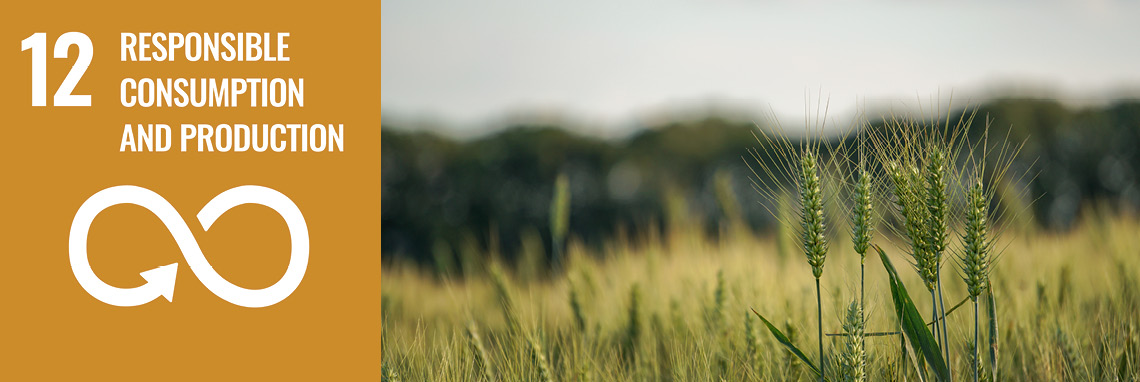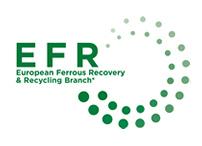Goal 12: Responsible consumption and production
Ensure sustainable consumption and production patterns
Achieving economic growth and sustainable development requires that we urgently reduce our ecological footprint by changing the way we produce and consume goods and resources. Agriculture is the biggest user of water worldwide, and irrigation now claims close to 70% of all freshwater for human use.
The efficient management of our shared natural resources, and the way we dispose of toxic waste and pollutants, are important targets to achieve this goal. Encouraging industries, businesses and consumers to recycle and reduce waste is equally important, as is supporting developing countries to move towards more sustainable patterns of consumption by 2030.
A large share of the world population is still consuming far too little food to meet even their basic needs. Halving the per capita of global food waste at the retailer and consumer levels is also important for creating more efficient production and supply chains. This can help with food security, and shift us towards a more resource efficient economy.
Stainless steel’s contribution
Economic growth and development require the production of goods and services that improve the quality of life. Sustainable growth and development require minimising the natural resources and toxic materials used, and the waste and pollutants generated, throughout the entire production and consumption process. Urgent action is needed to ensure that current material needs do not lead to the over extraction of resources or to the degradation of environmental resources. Stainless steel can play an important role in contributing to this goal. In fact, taking into account its entire lifecycle, stainless steel has one of the lightest impacts on the earth of all known engineering materials. Stainless steel’s durability and corrosion resistance ensure it is long lasting, while 95% of stainless steels are recycled once they reach their end of life, ensuring new high-quality materials that are as strong and long-lasting as the original can be created using less energy while reducing waste sent to landfill.










